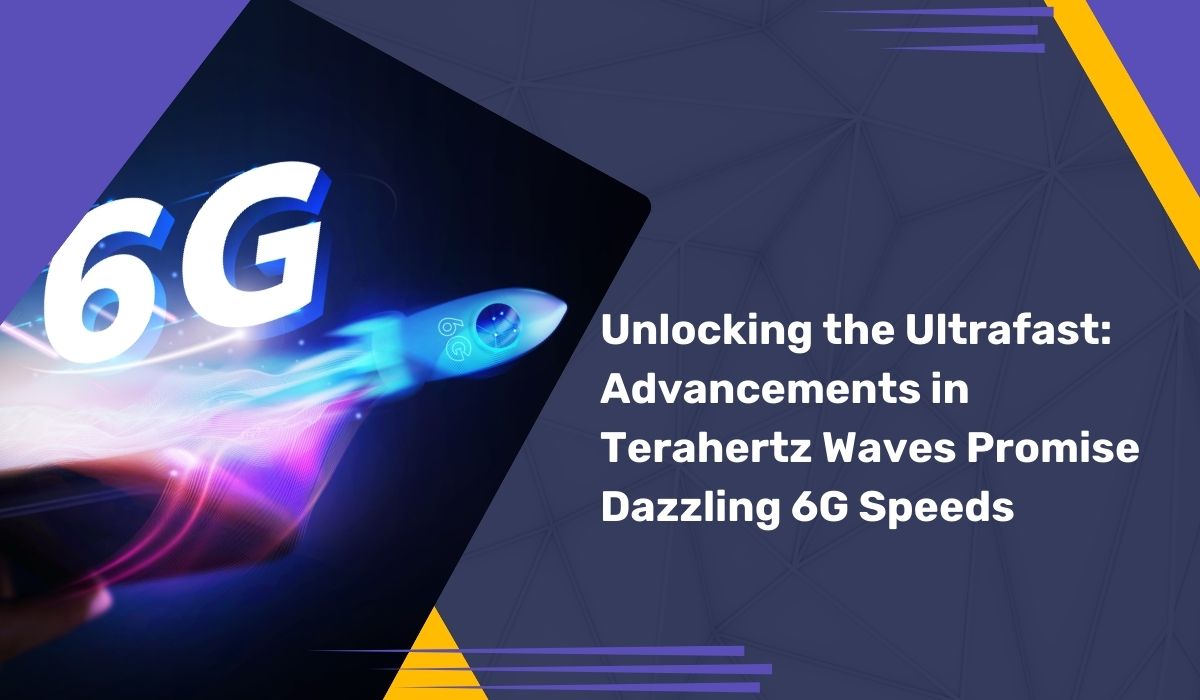
Terahertz (THz) technology has emerged from the collaborative efforts of a research team led by Professor Hyong-Ryeol Park from the Department of Physics at Ulsan National Institute of Science and Technology (UNIST). The team's innovative technology boasts an unprecedented ability to amplify THz electromagnetic waves by an astonishing 30,000 times, propelling the prospects of 6G communication frequencies into a new era. This transformative breakthrough, coupled with artificial intelligence (AI) based on intricate physical models, promises to reshape the landscape of commercialized 6G communication.
In collaboration with Professor Joon Sue Lee from the University of Tennessee and Professor Mina Yoon from the Oak Ridge National Laboratory, the research team achieved a significant milestone by optimizing the THz nano-resonator specifically tailored for 6G communication through advanced optimization technology. The outcomes of their research have been detailed in the online version of Nano Letters.The integration of AI learning, rooted in a physical theoretical model, has facilitated the efficient design of THz nano-resonators on personal computers. Previously, this process was not only time-consuming but also resource-intensive, often requiring supercomputers. The team's ingenuity has streamlined the design process, overcoming previous limitations.
Through a series of THz electromagnetic wave transmission experiments, the research team validated the efficiency of the newly developed nano-resonator. The electric field generated by the THz nano-resonator surpassed general electromagnetic waves by an extraordinary 30,000 times, marking an efficiency improvement of over 300% compared to previously reported THz nano-resonators.Notably, the application of AI-based inverse design technology to the 6G communication frequency range (0.075–0.3 THz) presented unique challenges due to the significantly smaller scale—one-millionth the size of the wavelength. Professor Park explained that the team's innovative approach, combining a new THz nano-resonator with an AI-based inverse design method, revolutionized the optimization process. This approach enabled the optimization of the device in less than 40 hours, a substantial improvement compared to the previous time-consuming simulations that could take potentially hundreds of years for a single device optimization.
Young-Taek Lee, the first author of the study and a researcher in the Department of Physics at UNIST, underscored the versatility of the optimized nano-resonator. He highlighted its implications for ultra-precise detectors, ultra-small molecular detection sensors, and bolometer studies, asserting that the methodology employed in this study transcends specific nanostructures and can be extended to various studies using physical theoretical models of different wavelengths or structures.Professor Park emphasized the symbiotic relationship between understanding physical phenomena and leveraging AI technology. He pointed out that, while AI is a powerful tool, a comprehensive understanding of physical phenomena remains paramount to advancing scientific frontiers. This groundbreaking research not only elevates the possibilities of 6G communication but also exemplifies the synergy between human intellect and artificial intelligence in pushing the boundaries of scientific exploration.